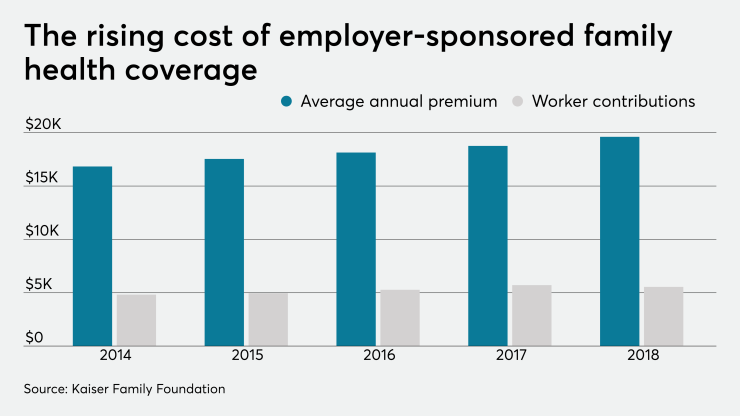In July, Oregon became the eighth state in the U.S. to pass paid family and medical leave, and more than 20 other states are expected to pass similar legislation soon. Today, employers not only have to be compliant with the growing number of state and local laws, but also with FMLA, the ADA, statutory disability and workers’ compensation laws. Guardian’s most recent biennial absence management activity index and study – The Value of Leave Management Integration, reveals employers have made significant strides with leave management policies in recent years, in part to stay compliant with the evolving regulations.
One focus has been reimagining absence management programs. Implementing consistent leave policies, procedures and best practices takes time. Employers that have stayed the course and upgraded their leave management models see the best outcomes. Clients prioritizing reducing absenteeism, 60% report positive results, according to Guardian’s study.
For employers to make improvements, the question remains — where to start? There are certain best practices research has identified that lead to positive outcomes like enhanced productivity, reduced costs and an improved employee experience. The following are tips clients should consider for an outcome driven, absence management process:
Establish a full return-to-work program (RTW)
Employers should establish a strong RTW experience that seamlessly and safely reinstates employees, particularly since this can bolster workers’ perceptions about their employers. Guardian’s study indicates 70% of employees who completed a RTW program feel their employer cares about them. These programs go a long way to increase employee satisfaction and boost loyalty.
The first step in developing a meaningful RTW program is a clearly documented policy that sets expectations for all parties about next steps and protocols and avoids any appearance of discrimination. Employers can also use nurse case management and duration guidelines to reduce the likelihood of relapse. These programs prove effective. Guardian’s findings show companies that have four to six RTW initiatives see a 78% reduction in lost time, compared with 48% of companies that have no RTW initiatives.
Adopt flexible reporting capabilities
Flexibility and personalization are keys to a positive employee leave experience. Employers that lead in positive employee experience leverage new technology, such as automated dialers, text messaging and chats. Guardian’s study reveals 21% of Index leaders use automated dialing technology, compared with 9% that lag on program improvements. The same goes for interactive voice response systems — 16% of Index leaders leverage this technology, compared with only 7% of those that rank lower in the Index.
Develop a centralized intake process and use the same resources for STD and FMLA
As STD, FMLA and other state and local leave laws become increasingly complex, employers that streamline their administration can avoid missteps. More than 72% of the companies that use the same vendor reduced lost time, compared with 41% of non-centralized systems. The same group reports a 70% rate in enhanced compliance, compared with 31% of non-centralized systems.
Employers should consider outsourcing their leave administration to gain efficiencies and ensure consistency and compliance. Outsourcing helps improve RTW rates and employee experience, particularly when STD and FMLA administration are outsourced to the same vendor.
Centralize health management referrals
More than half of all employers indicate “creating a culture of well-being” is a high priority for their organization. One of the best ways to achieve this is to offer wellness programs. Guardian’s data shows these initiatives are most effective when they are well-coordinated and centered on employee wellness.
Centralization allows employers to make EAP referrals as soon as an employee reports a leave, prevents potential disabilities and helps employees return to work. Employers with a high level of integration report a better employee experience at 83%, compared with employers with low integration (64%), according to Guardian’s study.
Why this works
Guardian’s study has measured absence management trends since 2012 in four waves. Results show a correlation between the most highly advanced employers with positive outcomes, and those who follow Guardian’s best practices. Employers with a high degree of program integration, including health and disability benefits, and employee leave administration, have more positive employee experiences and achieve better outcomes compared with the market average. Companies that stay the course and regularly refine their practices see results like enhanced productivity and improved regulatory compliance.
For companies just starting, these best practices can springboard long-term success with recruitment, retention, lower absenteeism, reduced costs and employee happiness.






